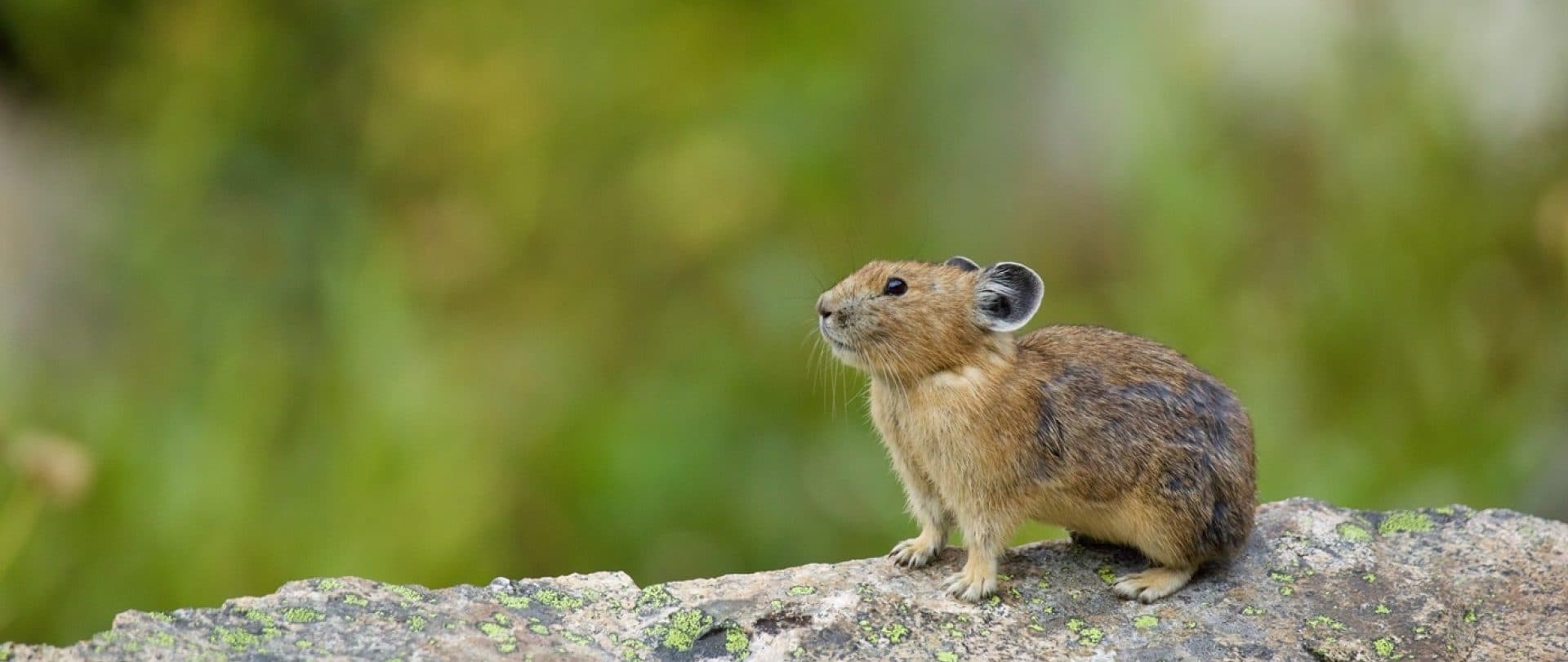
Climate Sensors
BY Local Vibe
High in the rocky slopes of Central Oregon’s Cascade Range lives one of the region’s most endearing creatures—the pika. These small, round mammals, often mistaken for rodents, are relatives of rabbits and hares. Known for their high-pitched calls, pikas are perfectly adapted to life at higher elevations, thriving among the talus fields and boulder-strewn landscapes. Pikas are easy to spot if you know where to look. Head to areas like the Tam McArthur Rim Trail or the Broken Top Crater, where these pint-sized pioneers dart between rocks, gathering grasses, flowers and moss to store in their underground caches. Pikas don’t hibernate unlike other animals, so their stockpiles are essential for surviving the harsh winter months. Their survival skills are as impressive as their charm. Pikas are highly sensitive to temperature changes and serve as indicators of climate health. They depend on cool, rocky habitats, making them vulnerable to warming temperatures. Conservationists often study their movements and behaviors to monitor environmental changes. Their tiny presence is a reminder of the resilience and beauty found in Oregon’s wilderness.
